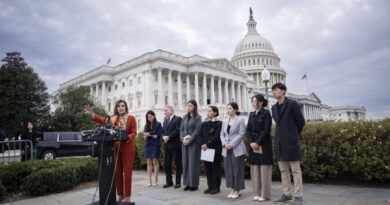Health Insurers Granted Approval to Raise Premiums Above Inflation Rates
The decision by the Health Minister will impact approximately 15 million individuals and could have repercussions for the government during an election that focuses on the cost of living.
Private health insurance costs are set to rise by an average of 3.73 percent starting April 1, following Health Minister Mark Butler’s approval of the largest annual increase since 2019. This move has the potential to escalate voter dissatisfaction leading up to a cost-of-living-focused federal election.
The increase will result in an additional $119 to $155 per year for the average policyholder. Last year, premiums increased by an average of 3.03 percent.
While the rise is lower than what insurers initially requested, it still exceeds the underlying inflation rate of 3.2 percent in the December quarter.
With an election expected by May 17, the decision places pressure on the approximately 15 million Australians with private health insurance, many of whom may already be experiencing financial strain due to rising living costs and could express their frustration at the polls.
The Cost-of-Living Debate
This development comes just a week after the Reserve Bank announced its first interest rate cut in four years, providing some relief for consumers.
As Labor aims to remind voters of their $8.5 billion commitment to Medicare funding, which aims to make 90 percent of GP visits free by 2030, the health insurance hike could dampen that message, especially for those reliant on private coverage.
Policyholders are already contributing $29.9 billion to health insurers— the amount they paid in premiums in the year up to September 2024.
According to the insurance comparison site Canstar, the average annual cost of combined hospital and extras policies ranges from $3,199 for younger individuals to $4,176 for older Australians.
At an average policy cost of $4,000 for each of the 15 million insured individuals, insurance companies could anticipate an additional $2.238 billion on their financial statements.
Simultaneously, health insurers are reporting increasing profits.
Insurers claim that the costs they are covering escalated by eight to 10 percent in the past year.
Rachel David, Chief Executive of Private Healthcare Australia, representing the health funds, mentioned that each premium increase is carefully calculated and regulated.
Insurers Asked to Resubmit
In his announcement, Butler defended the increase as “justified and proportionate,” comparing it to a 6.2 percent rise a decade ago, in 2014. He stated that the Albanese Government achieved a better deal for Australians by scrutinizing insurers’ claims thoroughly.
Who’s Affected the Most?
The actual increase will vary among insurers. Among the announced price hikes, customers of NIB will face the largest increase at 5.8 percent, followed by Bupa at 5.1 percent. Medibank plans a 4 percent rise, while HBF customers will experience a 2.8 percent increase.
Opposition health spokeswoman Anne Ruston criticized Butler’s decision as “another blow to Australian households’ budgets when they can least afford it,” noting that it was the highest premium increase in seven years.
Consumers can visit the government website www.privatehealth.gov.au to compare the range of products and prices offered by all insurers.



